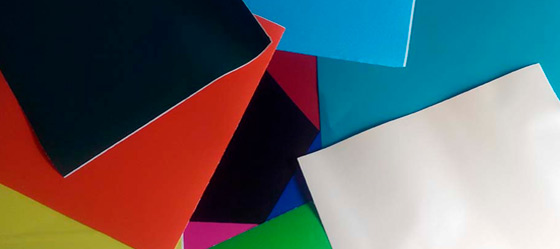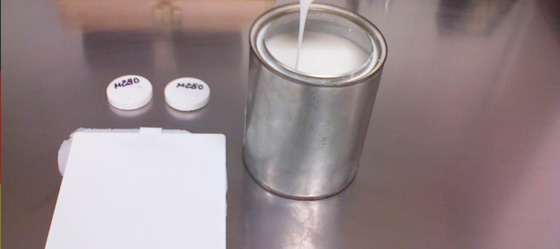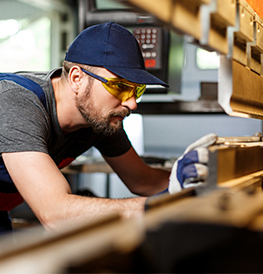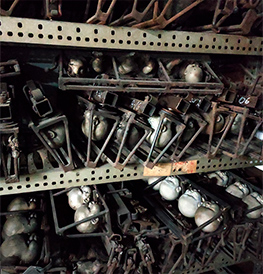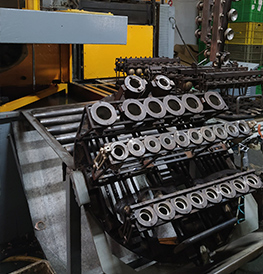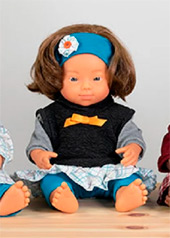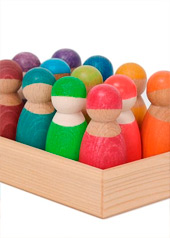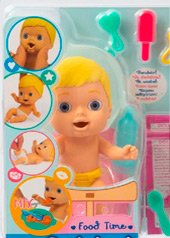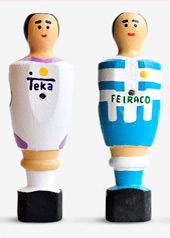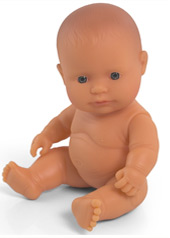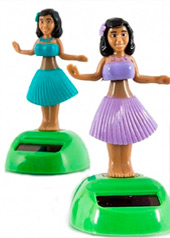
Stages of rotational molding production
-
1.1 The mold is filled with the polymer in its liquid state.
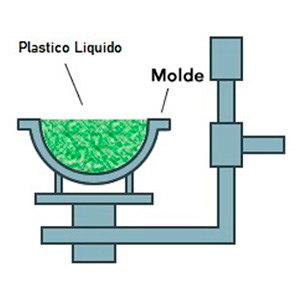
-
1.2 Close the mold and place it in the oven to bake at a temperature between 200º and 400º.
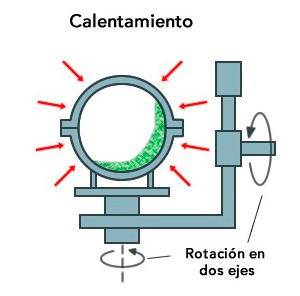
-
1.3 With the rotational movement the polymer is fixed on the mold walls resulting in a hollow part inside the mold
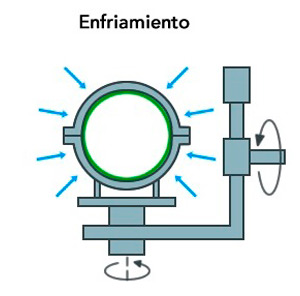
-
1.4 Finally, the mold is cooled by immersing it in water and the final piece is extracted.
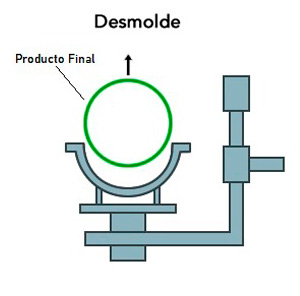
The material we use in the manufacture of rotomolding parts is Vinyl, Plastisol and Rubber. It is our customer who selects the type of material to be used depending on the hardness, touch and color depending on the characteristics of hardness, touch and color needed, according to the product to be manufactured. DGM Rotomolding uses first quality raw materials required for the production of the products with the current European standards and complying with all the existing regulations.
Quality control
The final product is reviewed piece by piece by our staff to ensure the quality demanded by our customers.
In this selection process, the pieces that do not meet the quality standards will be eliminated. These pieces will be destroyed and recycled, collaborating with the environment.
Final product
Each product requires a different finish and at DGM Rotomolding we can offer you all of them, we finish the product according to the indications of our customers.
We have at your disposal different decoration techniques, airbrushing, tampography or silk-screen printing. We also have qualified personnel for hand-decoration hand-decoration, guaranteeing a perfect finish.
Reciclado
En DGM Rotomoldeo queremos destacar nuestro compromiso con el reciclaje y reutilización de las materias primas. Fomentando la economía circular.
De esta forma, le damos un valor añadido a todas y cada una de las piezas fabricadas. Las piezas que no superan el control de calidad son granceadas en nuestros trituradores para un posterior uso en la fabricación de piezas de inyección y moldeo.
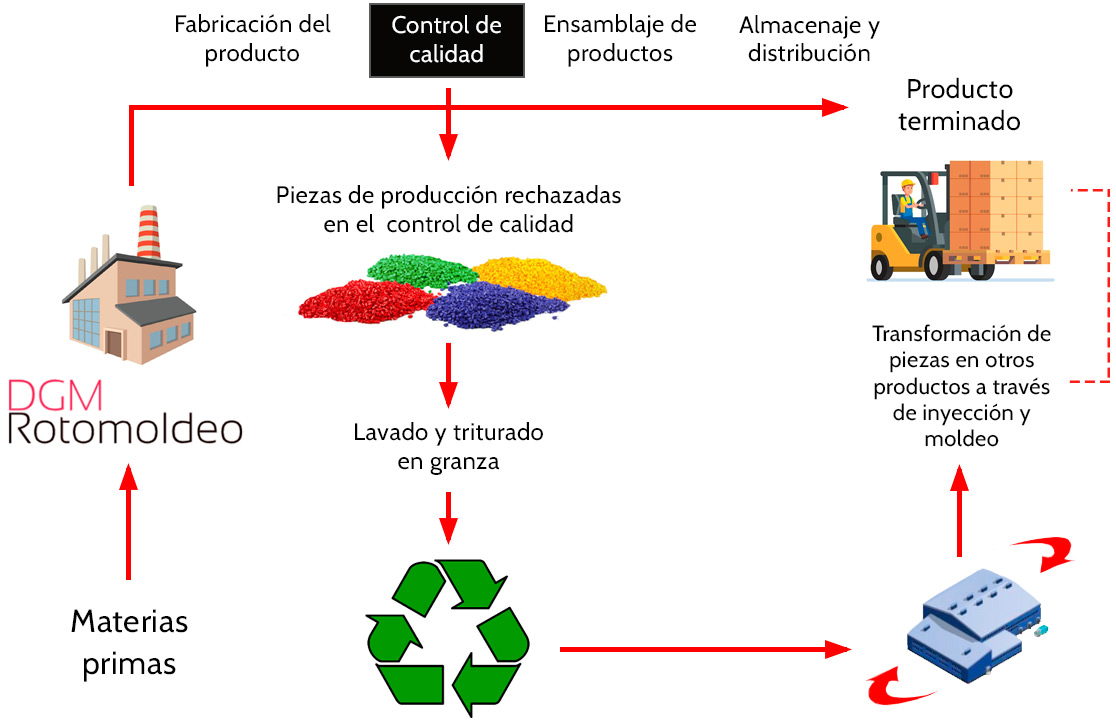
 Solicita presupuesto sin compromiso
Solicita presupuesto sin compromiso

